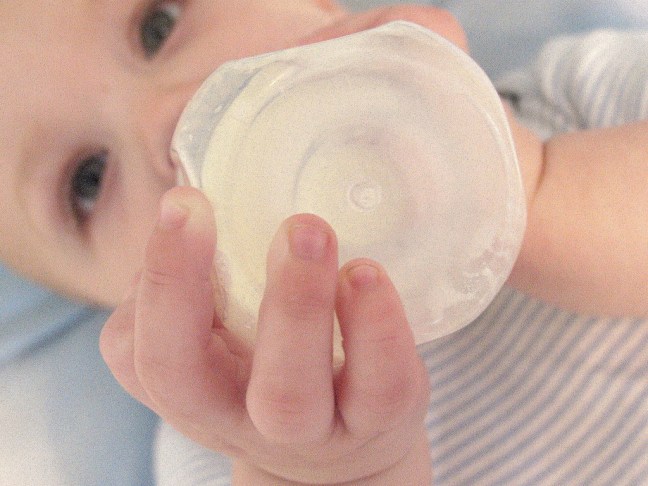EFSA’s comprehensive re-evaluation of bisphenol A (BPA) exposure and toxicity concludes that BPA poses no health risk to consumers of any age group (including unborn children, infants and adolescents) at current exposure levels. Exposure from the diet or from a combination of sources (diet, dust, cosmetics and thermal paper) is considerably under the safe level (the “tolerable daily intake” or TDI).
Although new data and refined methodologies have led EFSA’s experts to considerably reduce the safe level of BPA from 50 micrograms per kilogram of body weight per day (µg/kg of bw/day) to 4 µg/kg of bw/day, the highest estimates for dietary exposure and for exposure from a combination of sources (called “aggregated exposure” in EFSA’s opinion) are three to five times lower than the new TDI.
Uncertainties surrounding potential health effects of BPA on the mammary gland, reproductive, metabolic, neurobehavioural and immune systems have been quantified and factored in to the calculation of the TDI. In addition, the TDI is temporary pending the outcome of a long-term study in rats, which will help to reduce these uncertainties.
You can find the full opinion and the toxicological/exposure assessments HERE.
BPA is a controversial chemical compound used in the manufacture of food contact materials such as re-usable plastic tableware and can coatings (mainly protective linings). Another widespread use of BPA is in thermal paper commonly used in till/cash register receipts. Residues of BPA can migrate into food and beverages and be ingested by the consumer; BPA from other sources including thermal paper, cosmetics and dust can be absorbed through the skin and by inhalation.
Despite the positive outcomes of many scientific opinions, BPA is banned in many countries for the use in baby bottles and in France, since 1st January 2015, is prohibited for use in all food contact materials.
A recent study is advacing he hypothesis that some substitutes of BPA could be even more dangerous than this substance.


Dear Cesare, with this situation, what is your opinion about French regulation on BPA?.
Best regards,
José Mª Ferrer Villar
LikeLike
Hello José, I am not really aware of the legal basis of the French regulation, but clearly in my opinion is an excess of precaution. There are so many positive assessments on BPA from different food safety authorities that a complete ban could be seen like a non proportionate and discriminatory measure, hindering the free movement of goods.
LikeLike
interesting findings. If all of EFSA, Joint FAO/WHO experts and US authorities find that there are no concern, so there is nothing. The French authorities have took into account too much scientific papers with weak conclusion in their risk assessment. Howerver, we no that BPA is toxic for human, so stay awake. further research is needed for better understanding of some parameters as the EFSA experts recommended it. And I think some parameter like cases of co-exposure to BPA and the other endocrine disruptors we can encounter in environment, even in clothes.
LikeLike